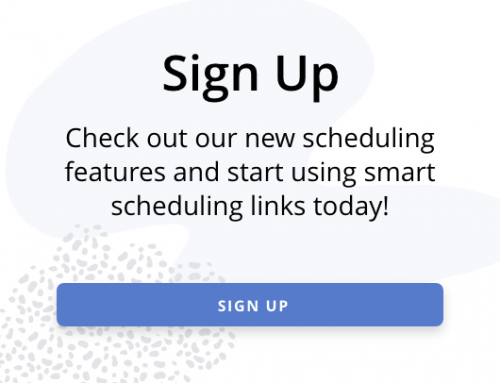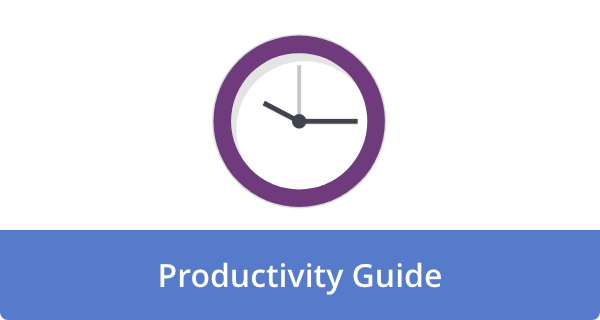

You already make more choices in a morning than most people make all day. The real tax on your Calendar is not the decision itself; it is the drag from unclear standards, endless options, and forum-shopping for consensus. The fix is not more meetings. It is a handful of simple shortcuts that protect quality while moving you to action. Below are the decision patterns high performers actually use, with scripts you can try today and the tradeoffs to watch.
1) Label the door before you walk through it
Start by tagging the choice as reversible or hard to reverse. If it is reversible, set a short fuse to try, learn, and revisit. If it is hard to reverse, slow down just enough to collect base rates and a dissenting view. This two-door frame reduces analysis time by stopping the practice of treating every decision like a forever bet. It preserves quality by matching the level of rigor to actual rather than perceived risk.
2) Write 1 outcome and 3 guardrails
In 60 seconds, write the one result that must be true in 90 days, then list three guardrails you refuse to violate, such as budget, brand risk, or legal constraints. Decide only among options that hit the outcome and stay inside the rails. The constraint is your shortcut. It keeps shiny objects out and forces apples-to-apples comparisons. If the evidence is thin, call the rails provisional and note the assumption you are making.
Example guardrails
Total cost ≤ $50k
Launch by March 1
No customer downtime > 15 minutes
3) Run the 10-3-1 sweep
Instead of debating from memory, generate 10 possible moves, shortlist to 3 viable options, then pick 1 to pilot. Set a 10-minute timer for the long list, 5 minutes to prune, and 5 minutes to choose. The math matters. Quantity first reduces fixation, then a complex cut of point forces tradeoffs. Teams I’ve worked with cut vendor selection cycles from weeks to days using this exact cadence.
4) Decide from a one-pager, not a slide deck
Require a single page with the problem, options, guardrails, base rates, and the recommended bet. Cap it at 600 words. Then run a 15-minute review with the actual decider present. Writing compresses noise and exposes gaps. You save time by stopping the litigation over slide aesthetics and focusing on the logic. If the page triggers the right questions, schedule a follow-up only for open risks, not for rehashing.
5) Use a 5-factor scorecard
Choose five criteria that reflect how you win, score each 1 to 5, then sum. Examples: ROI, speed to learn, strategic fit, operational load, customer impact. Weight if you must, but only after a raw pass. Scorecards do not decide for you; they prevent the loudest voice from winning. If two options tie, prefer the one with faster feedback. Document why the winner won so you can audit the call at a glance in the future.
6) Do a 5-minute premortem and set a kill switch
Ask your team to imagine the choice failed spectacularly. List the three most plausible reasons. Convert the scariest one into a measurable tripwire. For example, “If churn rises by 0.8% in two weeks, we stop and revert.” Premortems quickly flush out blind spots, and kill switches protect quality by preventing the sunk-cost fallacy. If the risk is existential, widen the review window, but still decide on the tripwire before launch.
7) Stop at 70% confidence
Borrow Jeff Bezos’ rule: move when you have roughly 70% of the information you wish you had. Below that, you are guessing. Above that, you are probably stalling. Quality comes from feedback loops, not perfect foresight, so trade pristine certainty for faster iterations. If a decision truly needs 90% confidence, state why in plain language and name the specific evidence that would cross the bar.
8) Default to base rates, then layer your context
Look up the outside view first, even if it is rough. What is the median time, cost, or adoption curve for similar efforts? Then adjust for your edge. These two steps prevent optimism creep and force you to declare why you believe you are not average. If you lack a reliable base rate, build one by sampling three recent projects and averaging their time-to-value. Imperfect numbers beat crisp anecdotes.
9) Timebox with a decision date and a revisit date
Put the decision on the calendar with a clear owner, and book a 30-day check to evaluate against your guardrails and tripwires. Deadlines turn research into a bounded task. Revisit dates, convert fear of finality into a plan to learn. That combination speeds throughput without letting sloppy choices ossify. It also keeps you from endless “circle back” meetings because the calendar will force the learning moment.
10) Pilot small by default
Shrink the surface area until you can test the riskiest assumption fast. For example, release to 5% of users, run an A/B test for 1 week, or pilot in 1 region. Define success in one line before you start, then decide using the prewritten rule. Small bets are the fastest route to quality because they deliver real data with low downside. If you cannot pilot, simulate, even if the simulation is a rough spreadsheet.
11) Capture the playbook in 90 seconds
After you decide, write three lines: what you chose, why it won, and what you will measure. Drop it in a shared doc titled “Decisions.” In a month, add the result. This takes under two minutes and compounds into institutional memory, making the following call faster. Your future scorecards, guardrails, and base rates will come from this log. This is how teams go from heroic effort to repeatable excellence.
Transparency moments: You will still face calls that need deeper diligence or legal review. Use the door label in item 1 to justify the slower path. When choices are value-laden, elevate the decision, not the data. And remember, shortcuts work when they are visible. If your team cannot see the rules, they will not trust the speed.
Why this approach works: You are front-loading structure, not bureaucracy. You decide how you will choose, convert risk into tripwires, and treat speed as a way to learn rather than skip quality. As with content strategy and operations, structure plus short feedback cycles beat heroic sprints over time.
Closing thoughts
Good decisions feel calm, not frantic. Pick two of these shortcuts and use them on your next choice. Label the door, then write one outcome and three guardrails. Put a date on the calendar and run a small pilot. In a week, you will have momentum and a record you can reuse. Quality rises when your process is simple enough to repeat on Tuesday afternoon, not just during off-sites.
Image Credit: Photo by Leeloo The First: Pexels











Deanna Ritchie
Editor-in-Chief at Calendar. Former Editor-in-Chief, ReadWrite, Editor-in-Chief and writer at Startup Grind. Freelance editor at Entrepreneur.com. Deanna loves to help build startups, and guide them to discover the business value of their online content and social media marketing.